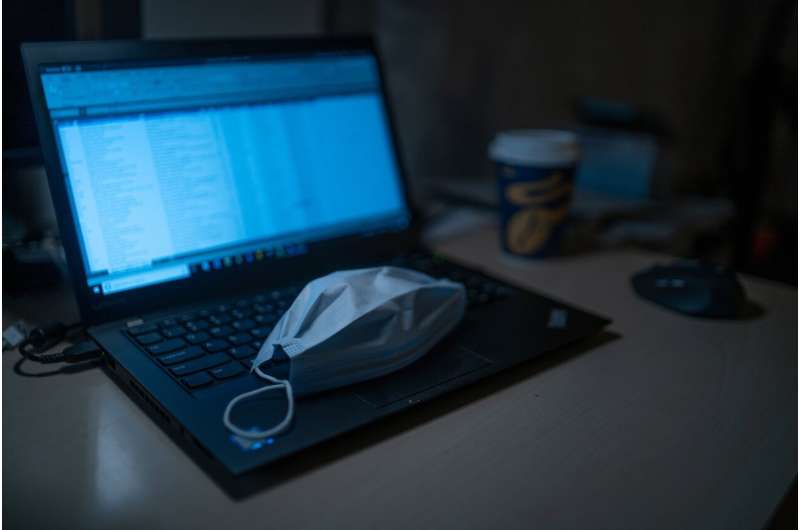Q&A: COVID-19 and contact tracing

I have two children back in school. Recently, I got a note that one of their teachers was quarantined due to exposure to COVID-19. The school says it's proceeding with contact tracing, and, for now, my child does not have to stay home. Can you explain the term, why it's important and if I should be worried?
As a parent, I'm sure that the ongoing COVID-19 pandemic has been stressful, especially as a family with school-aged children who may have had to learn new routines in recent weeks or months. It also can be challenging—and quite concerning—when we learn that someone close to us has become ill. I myself had a similar experience in my family.
As positive COVID-19 cases spike across the country, the role of contact tracing becomes even more important. Contact tracing is the process of identifying those who may have been exposed to someone with a virus, whether COVID-19 or another illness. Contact tracing helps public health professionals assess the risk of a person's exposure and aids in facilitating quarantine when indicated. Mayo Clinic has developed digital tools to conduct contact tracing for our health care workers more effectively, and public health departments and schools across the country are finding innovative ways to do thorough contact tracing.
Over the past several months, contact tracing has helped us better understand the spread of COVID-19. At the beginning of the pandemic, when few people were wearing masks and social distancing, people with COVID-19 infection typically had a lot of close contacts, meaning they potentially exposed a lot of people.
With the evolution of the pandemic, one thing that has changed in recent months is that there is an increased number of COVID-19-positive individuals.
Despite the surge, what we've learned with contact tracing is that, fortunately, each of those people has exposed either few others or sometimes they've exposed no other people. This is because they've maintained strict social distancing and have been diligent with masking and hand-washing.
Although it can be scary to hear that a teacher has been exposed to COVID-19, the steps taken for the teacher to quarantine at home and not teach children during the 14-day postexposure period is an important precaution to prevent transmission to students. If public health determines that the teacher has not yet acquired COVID-19 and was not communicable when in contact with students, your child would not be at risk of exposure. If the teacher was communicable while at work, contact tracing will allow the school and public health to assess risk to the students and teachers, and provide guidance which could include quarantine and/or testing of students as a precaution.
©2020 Mayo Foundation for Medical Education and Research
Distributed by Tribune Content Agency, LLC


















